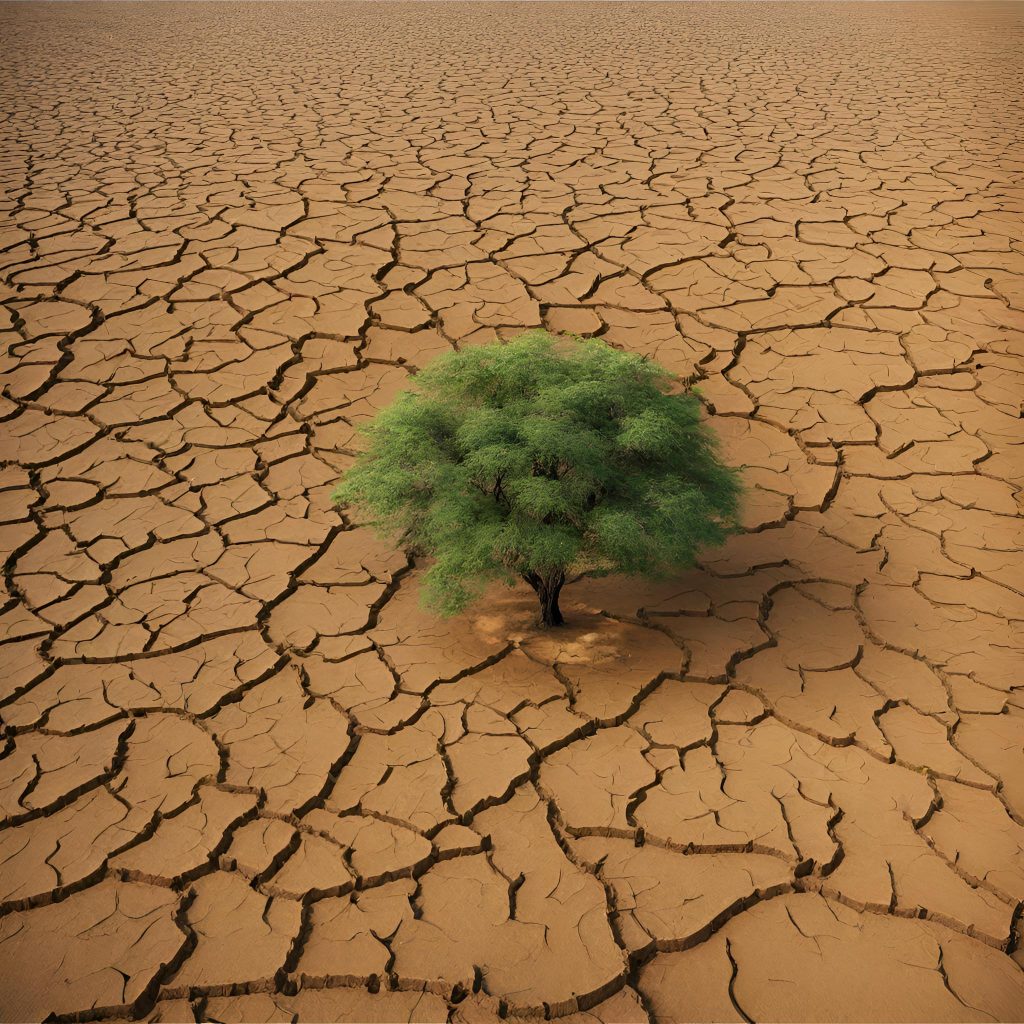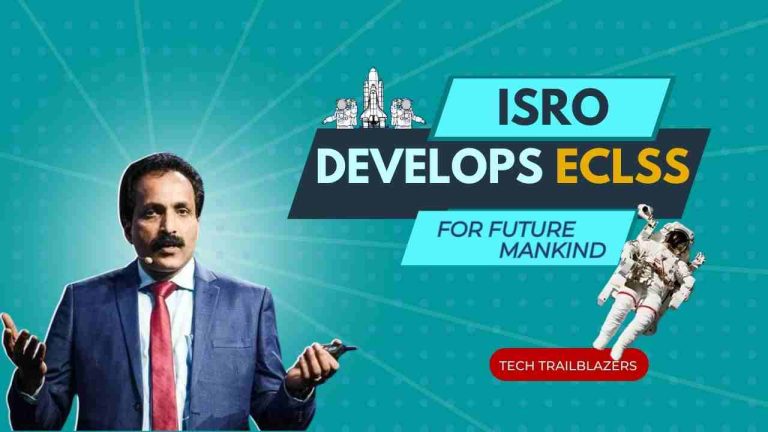Imagine being trapped inside a metal can hurtling through the void of space, millions of miles from home. The vast emptiness holds unimaginable dangers – no air to breathe, no water to drink, and temperatures that could shatter steel. This, my friends, is the reality of space travel. But nestled within those metal walls lies a silent guardian, an intricate dance of science and engineering that keeps astronauts alive and thriving: the Environmental Control and Life Support System (ECLSS).
Tech Trailblazers
Think of ECLSS as a miniaturized Earth, a bubble of life amidst the cosmic wilderness. It’s a complex network of technologies that does the unthinkable: it creates and sustains a habitable environment in the harshest corners of the universe. Its primary task? To provide astronauts with the three essentials of life – air, water, and a comfortable temperature – all while recycling and managing waste.

Air We Breathe, Water We Drink:
Let’s start with the air. Forget sprawling meadows and whispering forests; the air in space is a toxic vacuum. ECLSS steps in, using a process called electrolysis to split water molecules into oxygen, the very air we breathe. Carbon dioxide, our exhaled waste, is then scrubbed out using chemical filters or plants, keeping the atmosphere clean and healthy.
But water is just as precious in space. Every drop counts, and ECLSS ensures its efficient use. Sweat, urine, even moisture from the air are relentlessly recycled, purified, and transformed back into drinkable water. Imagine, quenching your thirst with water you just exhaled! This level of resourcefulness is crucial for long-term missions, where resupply from Earth is impractical and expensive.
Beyond Survival, Comfort:
ECLSS doesn’t just keep astronauts alive; it keeps them comfortable. It regulates temperature, preventing them from roasting or freezing in the extremes of space. It even controls noise and vibration, creating a peaceful haven amidst the cacophony of machinery and the constant hum of the engines.
A Technology for Earth, Born from the Stars:
Now, here’s the exciting part: the knowledge gained from developing ECLSS for space holds immense potential for solving problems here on Earth. Imagine cities that recycle their water and air with the same efficiency as the International Space Station. Imagine remote villages thriving on self-contained life support systems, independent of dwindling natural resources.
The harsh reality is that our planet faces a growing crisis. Climate change, pollution, and resource depletion threaten our very existence. But the technology that sustains life in the unforgiving void can also help us heal our ailing Earth.
ECLSS for a Sustainable Future: Breathing Easy on Earth and Beyond
Environmental Control and Life Support Systems (ECLSS) are the unsung heroes of space exploration, silently ensuring the well-being of astronauts in the harshness of space. But the potential of this technology extends far beyond the cosmos, offering solutions to some of the most pressing problems we face here on Earth.

- Water Scarcity: Every Drop Counts
One of the most critical challenges of our time is water scarcity. With climate change and population growth putting immense strain on freshwater resources, millions face the daily struggle of access to clean drinking water.
Here’s where ECLSS comes in. The water recycling techniques used in space, like membrane filtration and reverse osmosis, can be adapted to purify contaminated water sources and even extract moisture from the air. Imagine arid regions transformed into self-sustaining communities with rooftop water-harvesting systems and on-site purification units, turning every drop into a precious resource.
- Air Pollution: Clearing the Smog
Air pollution is another major threat, choking our cities and jeopardizing the health of millions. The air filtration systems of ECLSS, using activated carbon and zeolites, can be scaled up to combat smog and improve air quality in urban areas. Think of buildings equipped with bio-filters that act as living lungs, transforming polluted rooftops into mini-gardens that breathe clean air back into the city.
- Resource Management: Closing the Loop
Our current lifestyle is unsustainable, driven by a “take-make-waste” mentality that depletes resources and pollutes the environment. ECLSS’s closed-loop systems, where waste is recycled and reused, offer a glimpse into a more circular economy.
Imagine homes powered by renewable energy sources like solar panels, generating their own electricity while treating wastewater and composting food scraps. This not only reduces our dependence on finite resources but also minimizes the environmental impact of our daily lives.
Beyond Technology: A Shift in Mindset
The adoption of ECLSS technologies is crucial, but it’s just one piece of the puzzle. A true shift towards sustainability requires a change in mindset, a move towards responsible consumption and a deep respect for the delicate balance of our planet.
Education and awareness are key to fostering this change. By understanding the challenges we face and the potential solutions offered by technologies like ECLSS, we can inspire individuals and communities to take action.
Imagine a future where every child breathes clean air, drinks clean water, and lives in harmony with nature. This is not just a dream; it’s a future within our reach, powered by the ingenuity that took us to the stars and the responsibility that binds us to our home planet.
Let’s embrace the lessons learned from ECLSS, not just as technological advancements, but as a call to action, a reminder that we have the power to create a world where sustainability is not just a choice, but a way of life.
Remember, this is just a starting point.
A Giant Leap for Mankind: ECLSS Supporting Future Generations on a Depleting Earth
The Earth, our cradle of life, faces a grim reality – dwindling resources and a changing climate threaten the very fabric of our existence. But amidst this looming crisis, ISRO’s decision to develop its own ECLSS presents a beacon of hope, not just for space exploration, but for the survival of future generations on a resource-depleted Earth.

Imagine a future where:
- Lunar Outposts: As Earth’s resources wane, the moon, with its potential for resource extraction and habitation, becomes a viable option. ECLSS technology, already honed in space missions, can be adapted to create self-sustaining lunar colonies. Imagine modular habitats equipped with advanced ECLSS units recycling air, water, and waste, transforming the barren lunar landscape into a thriving human outpost, independent of Earth’s diminishing resources.
- Mars Missions: The Red Planet, with its potential for terraforming and future colonization, becomes a long-term goal. ECLSS technology, along with advancements in robotics and artificial intelligence, can pave the way for manned missions to Mars. Imagine automated systems using Martian ice and atmospheric gases to create breathable air and drinkable water, laying the foundation for a future where humans can not just visit, but truly live on Mars.
- Underwater Cities: As sea levels rise and coastal regions become threatened, humanity may turn to the vast oceans for refuge. ECLSS technology, adapted for underwater environments, can create self-sufficient ocean cities. Imagine submerged domes extracting oxygen from dissolved air and nutrients from seawater, utilizing geothermal energy, and cultivating algae for food, creating vibrant underwater communities that coexist with marine life.
- Vertical Farms: With arable land shrinking, food security becomes a critical concern. ECLSS technology, combined with bioengineering and vertical farming techniques, can revolutionize agriculture. Imagine towering skyscrapers housing advanced hydroponic and aeroponic systems, using recycled water and nutrients to cultivate crops under controlled environments, maximizing food production in minimal space.
- Personal Life Support Systems: As environmental challenges intensify, individual self-sufficiency may become essential. ECLSS technology can be miniaturized and adapted to create wearable life support systems. Imagine portable units filtering air, purifying water, and even generating energy, empowering individuals to live sustainable lives even in harsh environments.
These are just glimpses into a future where ECLSS becomes not just a spacefaring technology, but a lifeline for humanity on a depleted Earth. It’s a future where ingenuity and resourcefulness, fueled by the lessons learned from space exploration, allow us to not just survive, but thrive in the face of adversity.
This future, however, demands more than just technological advancements. It requires a global shift in consciousness, a deep understanding of the delicate balance of our planet, and a commitment to intergenerational equity. We must invest in education and sustainable practices, fostering a culture of resource conservation and responsible consumption.

ECLSS can be the bridge to this future, but it’s a bridge we must build together. Let’s embrace this giant leap for mankind, not just as a technological feat, but as a collective responsibility – a promise to future generations that we will leave them a legacy of resilience, innovation, and a habitable Earth.
Read more : Soaring High or Grounded Dreams: Why India Struggles to Take Off in Aircraft Manufacturing! / Beyond Science Fiction: How Your Digital Twin is Reshaping Healthcare

